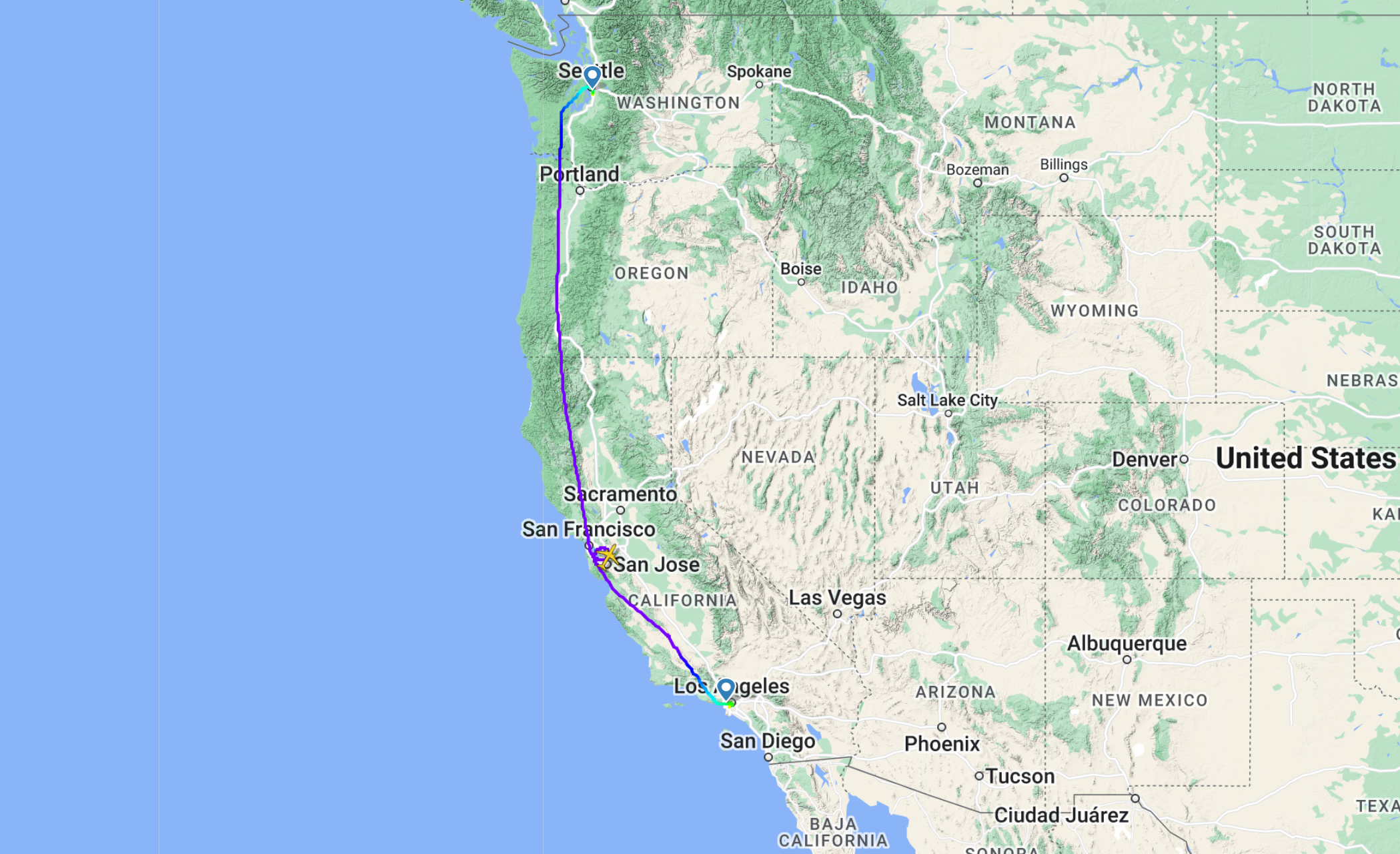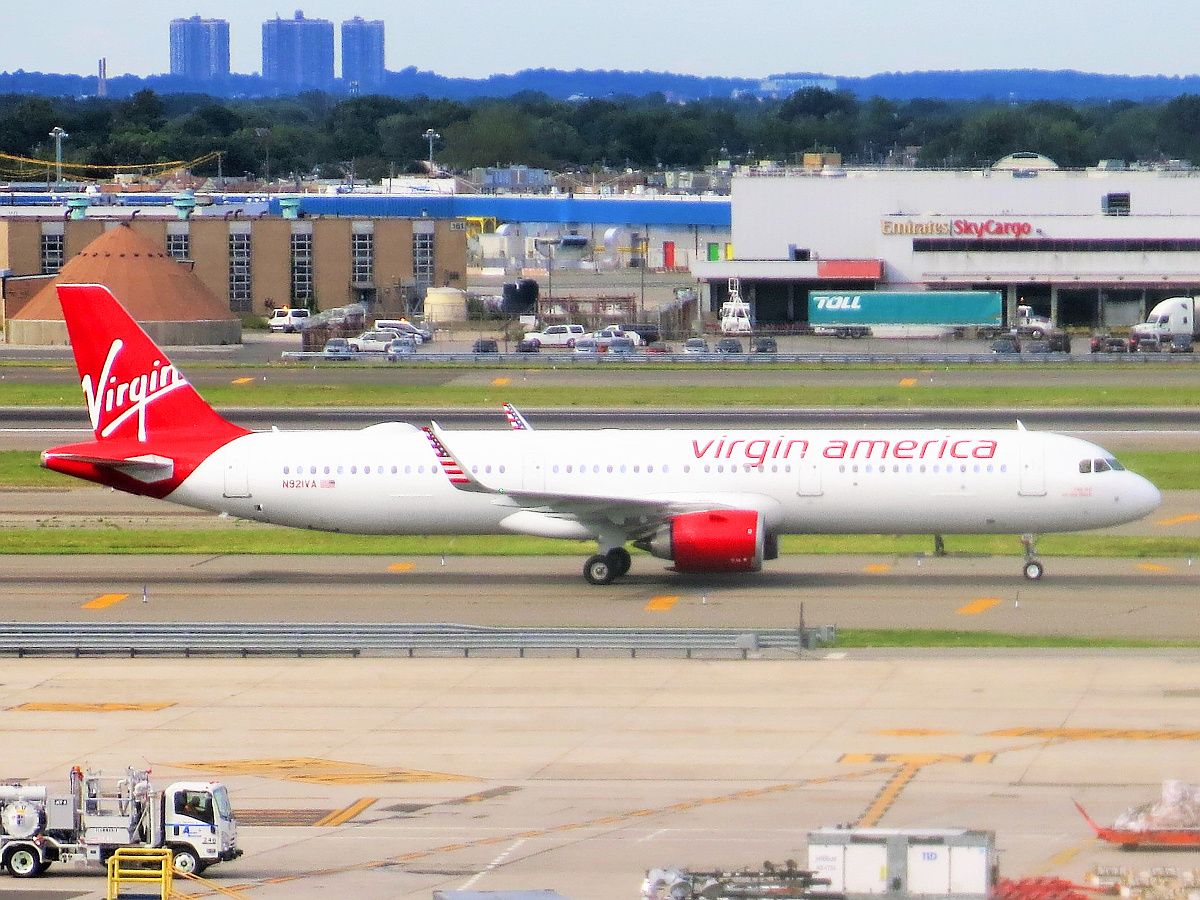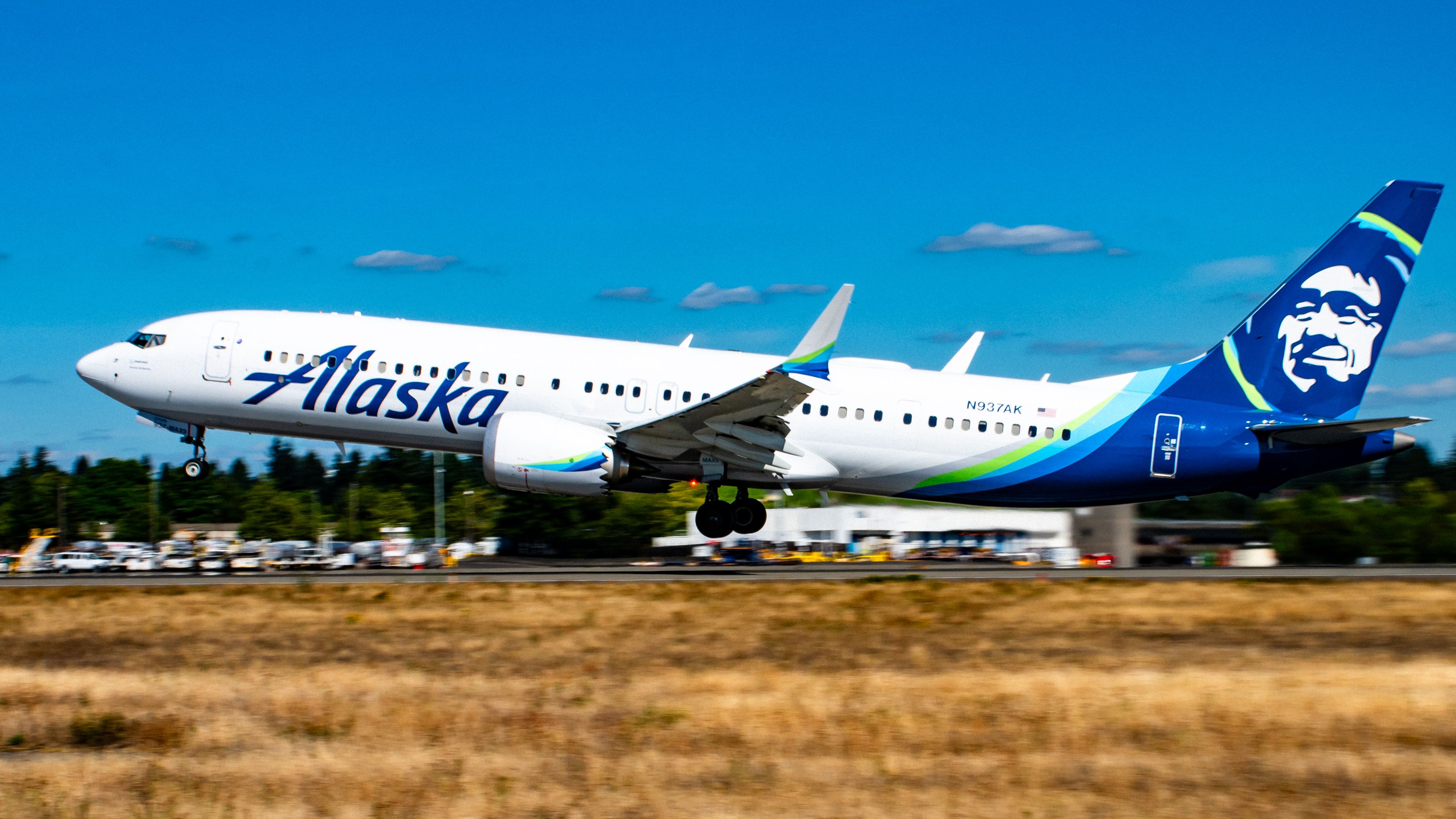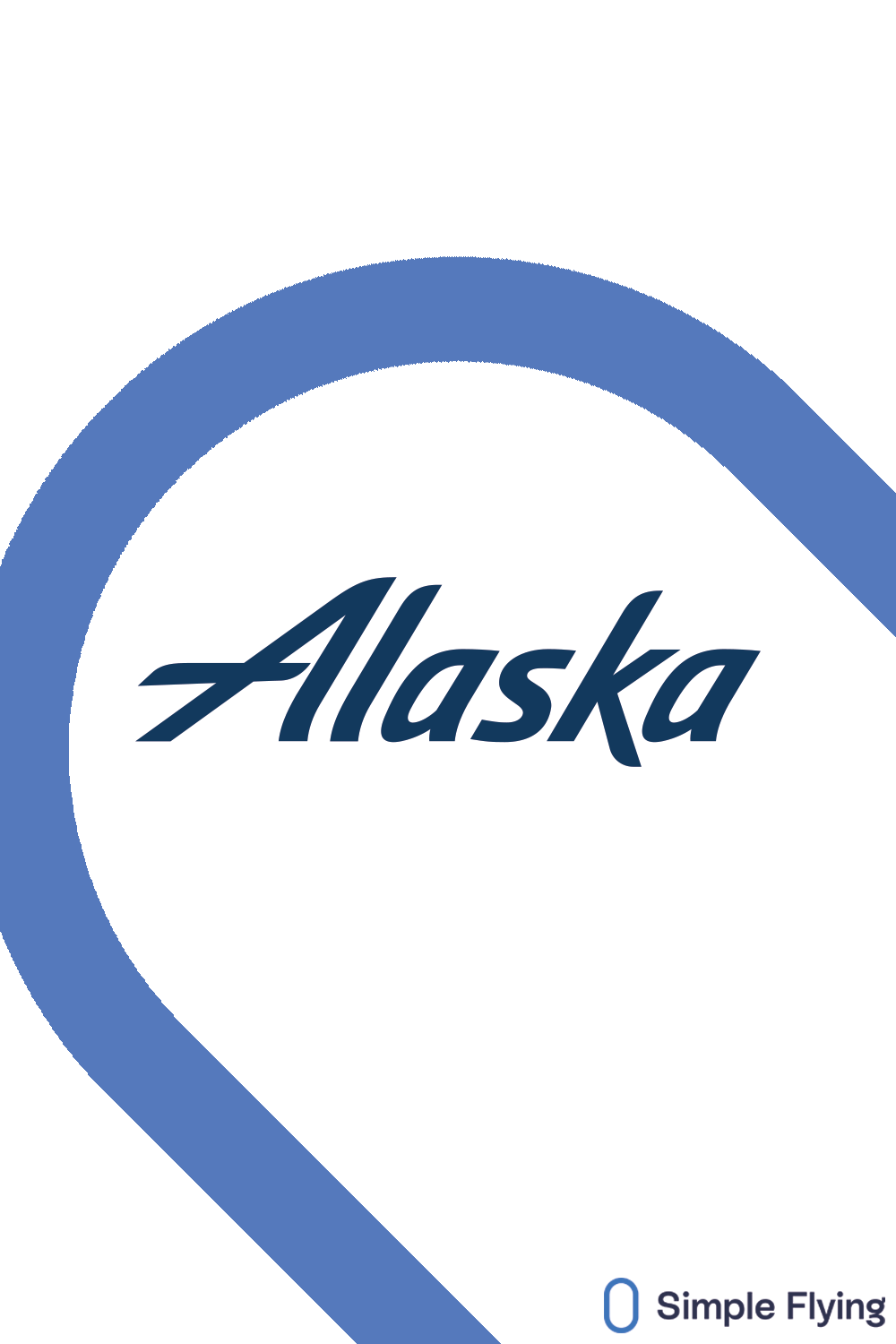Summary
- Alaska Airlines bids farewell to its Airbus A321neos, marking the end of its Airbus operations as it transitions to an all-Boeing fleet.
- The final A321neo flight made an additional lap over Burlingame, where Virgin America was headquartered, as a tribute to its legacy following the merger with Alaska Airlines in 2018.
- Exiting the leasing contracts for the A321neos will come at a significant cost. However, the airline expects operational efficiency and improved economics with its single fleet of Boeing 737s.
Alaska Airlines has successfully flown its final Airbus A321neo flight, marking the end of its Airbus operations. The carrier will now operate an all-Boeing fleet of 737s, eventually comprised exclusively of the 737 MAX.
Alaska says farewell to A321neo
Alaska’s final A321neo flight took place on September 30th – Flight AS1126 took off from Seattle-Tacoma International Airport (SEA) at 18:50, arriving at Los Angeles International Airport (LAX) at 20:56 after the two-hour journey.
The flight was operated by N921VA, a 6.5-year-old aircraft first delivered to Virgin America in 2017 before joining Alaska a year later.
Tribute to Virgin America
Alaska Airlines incorporated the A321neo into its fleet following its merger with Virgin America in 2018 – the airline could not get out of Virgin’s order the type and would end up taking the planes, operating them for just half a decade.
Alaska flew 10 A321neos, which it has now retired with an average age of less than six years. Interestingly, flight trackers show the final flight circling over Burlingame near San Francisco – the site of Virgin America’s headquarters – ensuring a meaningful send-off for the jet.
In all, the carrier inducted over 70 Airbus A320-family jets after its VA merger in 2018. Having already retired the Airbus A319 and Airbus A320, the A321neos were the last Airbus planes to go, gradually exiting the fleet over September. All 10 A321neos were acquired on lease – four from Jackson Square Aviation, two each from SMBC and AerCap, one from Merx Aviation Finance, and another from an unknown lessor.
An SEC filing reveals that jets were contracted until 2029 to 2031 – getting out of these leasing contracts will be expensive for Alaska, with the airline estimating special costs of up to $350 million.
All-Boeing operations
The airline is now officially an all-Boeing carrier, operating over 220 Boeing 737s. This includes the newer 737 MAX 9 – Alaska has firm orders for over 100 MAX aircraft – which includes the -8, -9 and -10 variants – as well as options for another 100.
Nat Pieper, Senior Vice President at Alaska Airlines, told The Air Current,
“If you could center it on one fleet type, it just makes your operations so much simpler. Just that goes straight to the bottom line. Part of it is also where Alaska is strategically. We’re never going to be the biggest, we’re never going to be able to get the best leverage we can by banging Airbus and Boeing heads together.”
Photo: Joe Kunzler | Simple Flying
With a single fleet of 737s, Alaska will benefit from training and maintenance commonality and improved per-seat economics. The carrier added that its Airbus pilots will be trained to operate its Boeing fleet by the end of 2023.
Are you happy to see Alaska Airlines officially become an all-Boeing airline? Do you think the airline could successfully operate aircraft from both Airbus and Boeing in the future? Let us know in the comments.
Source: The Air Current





